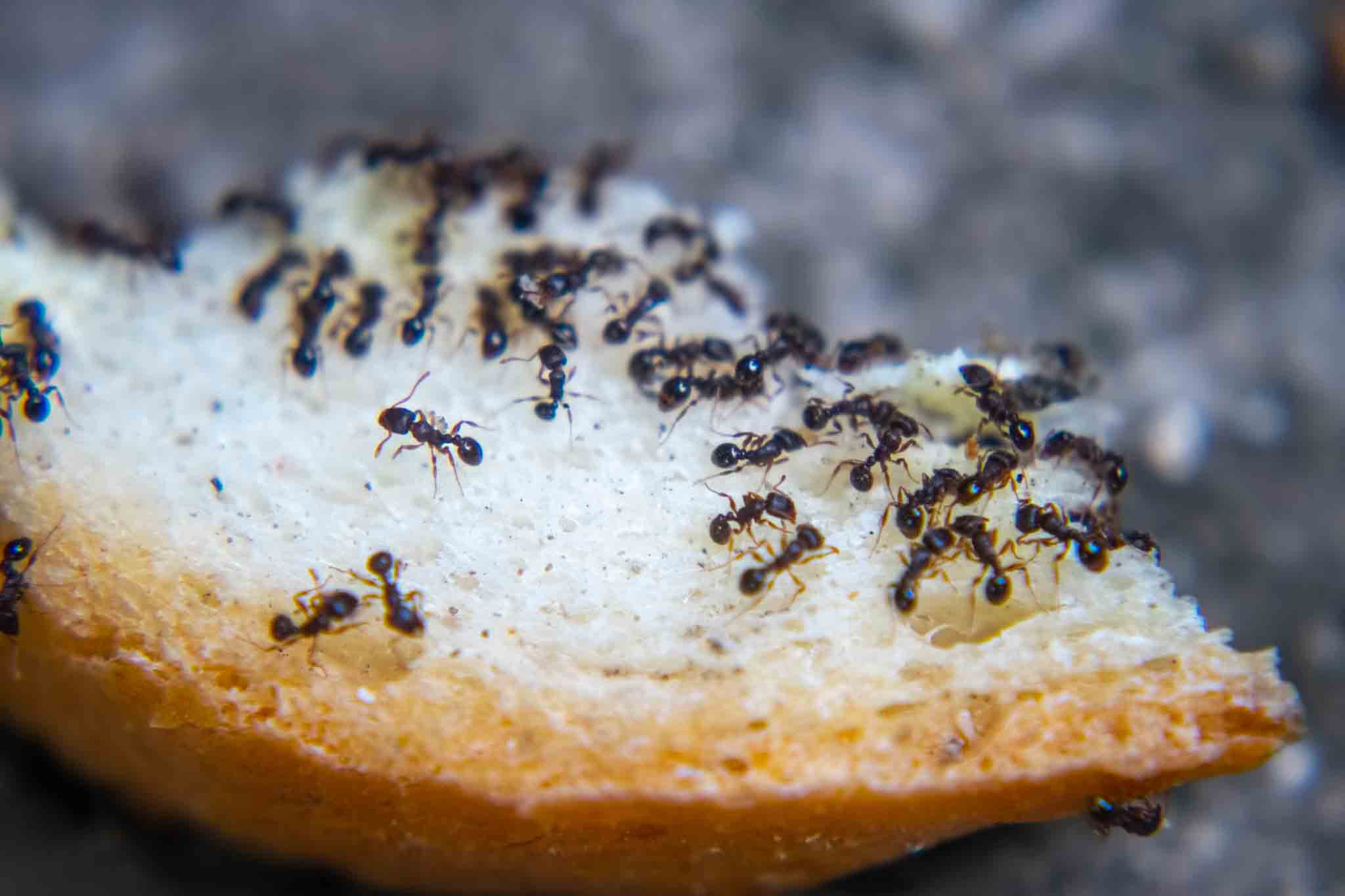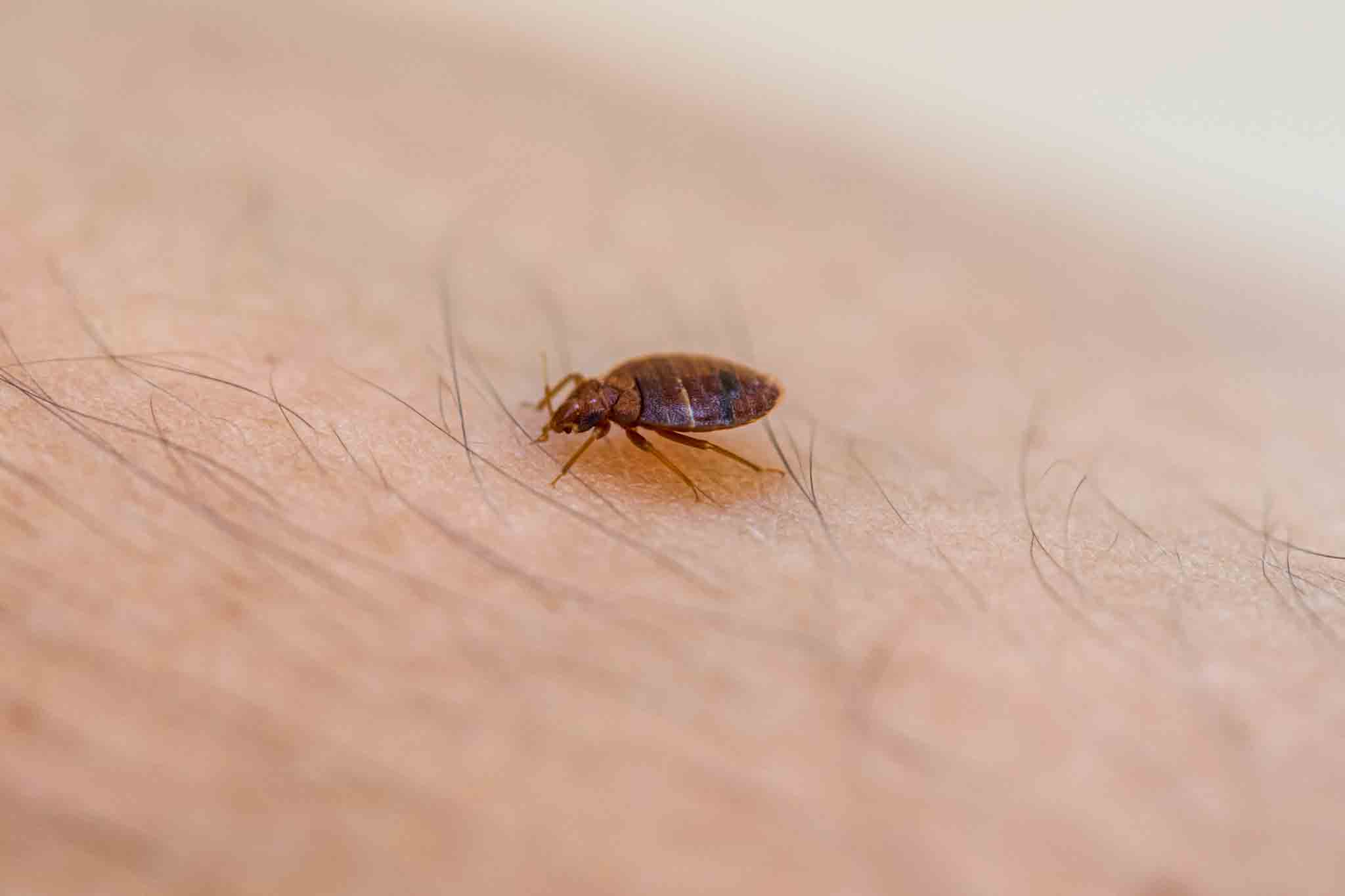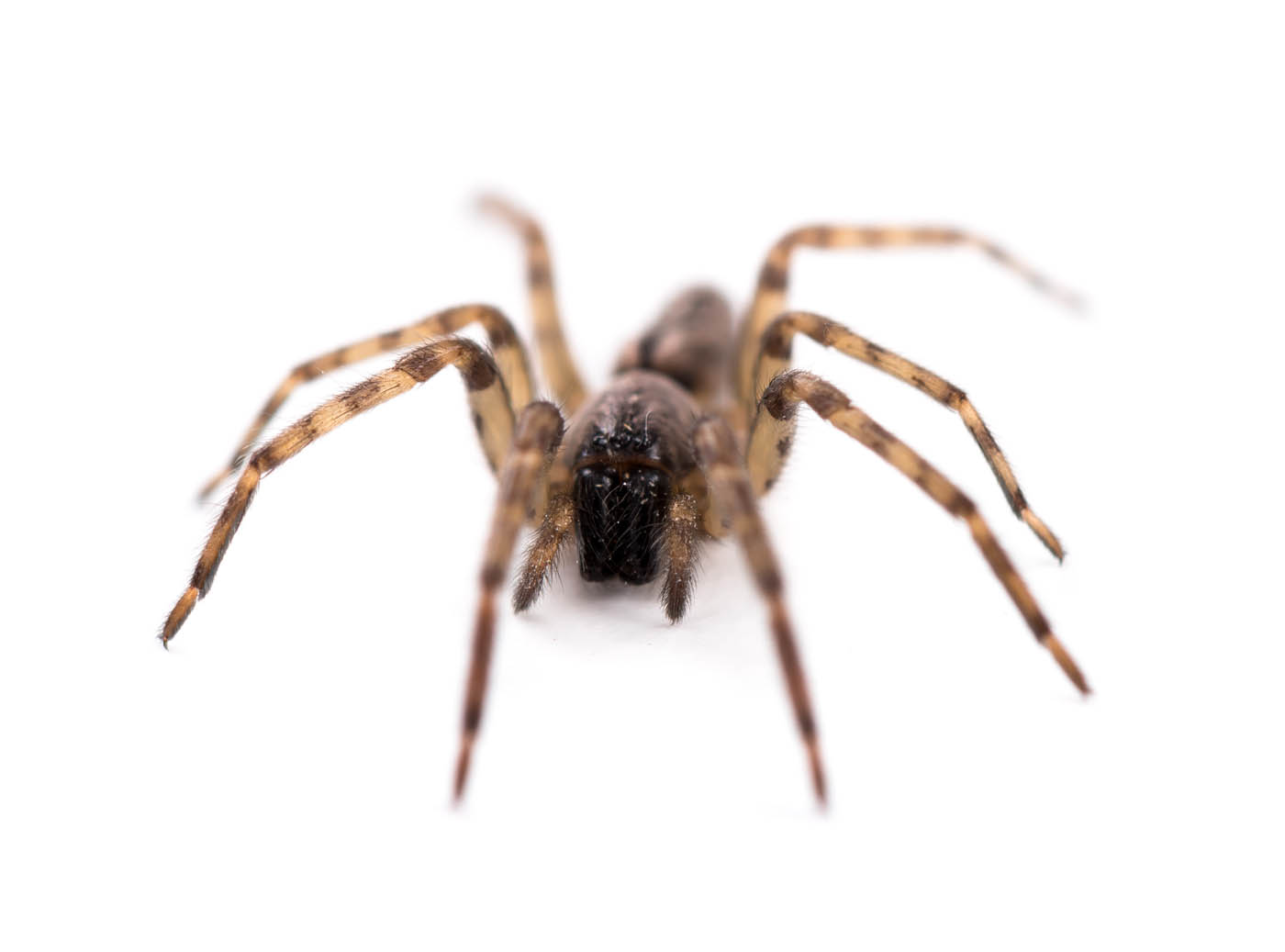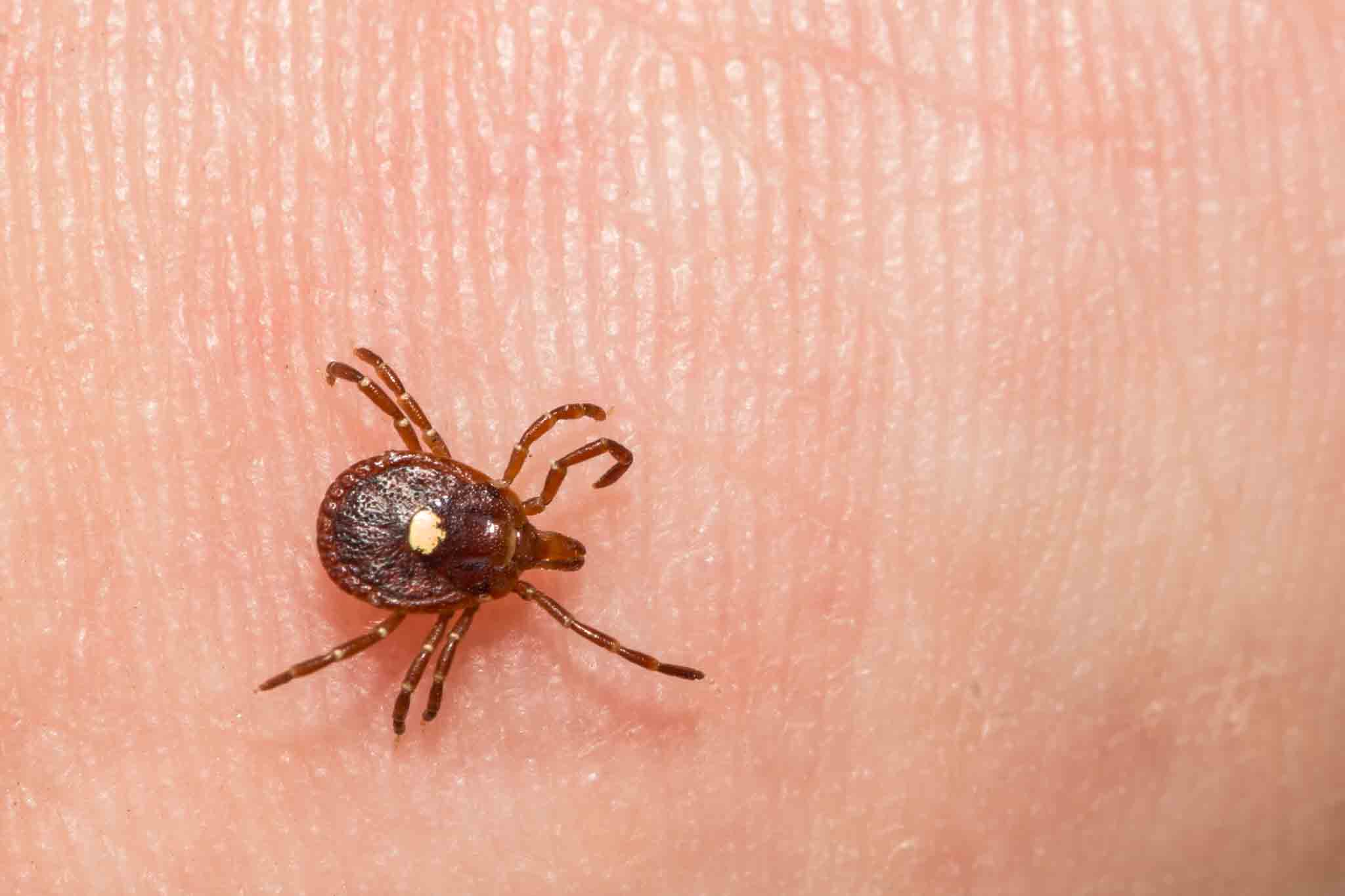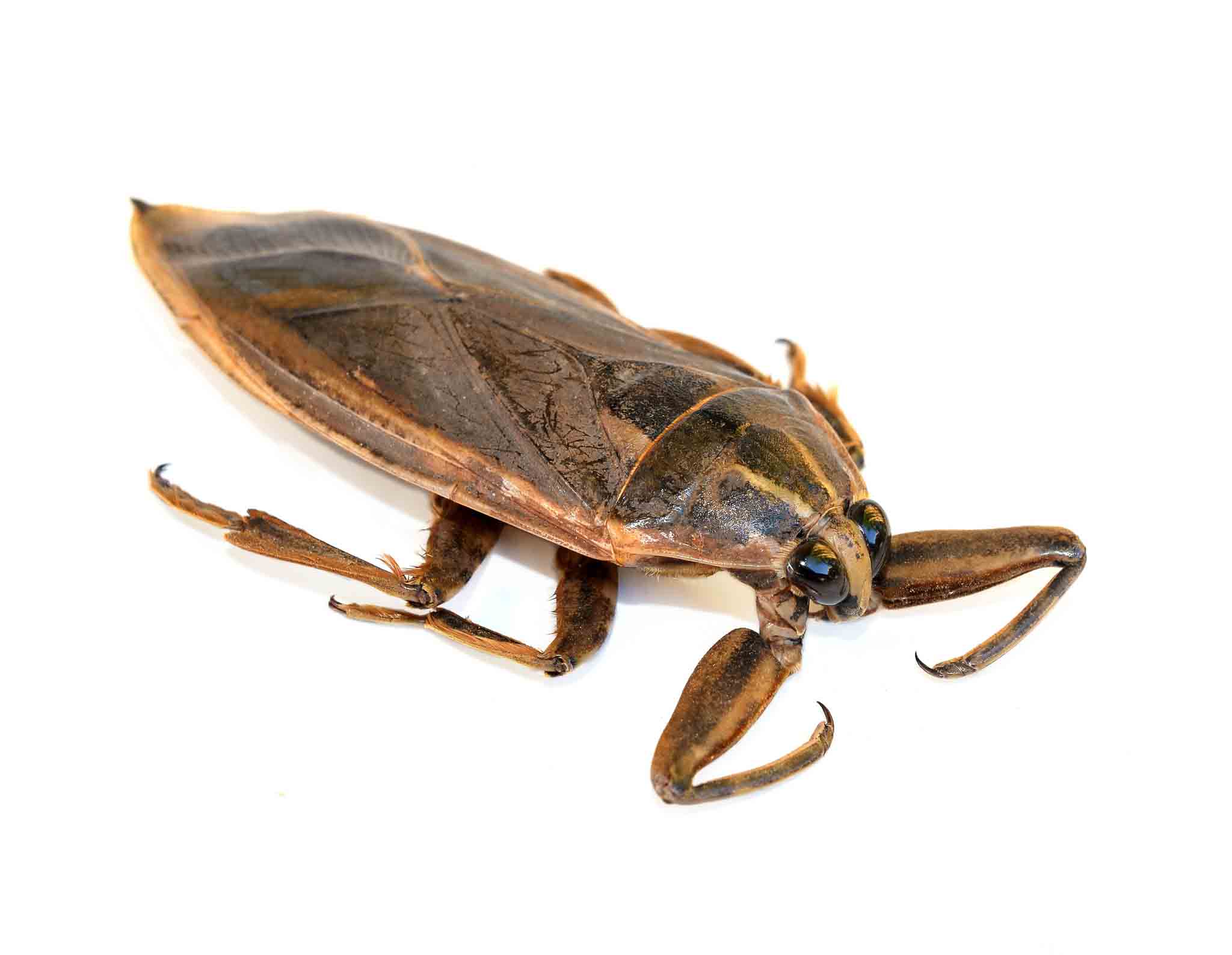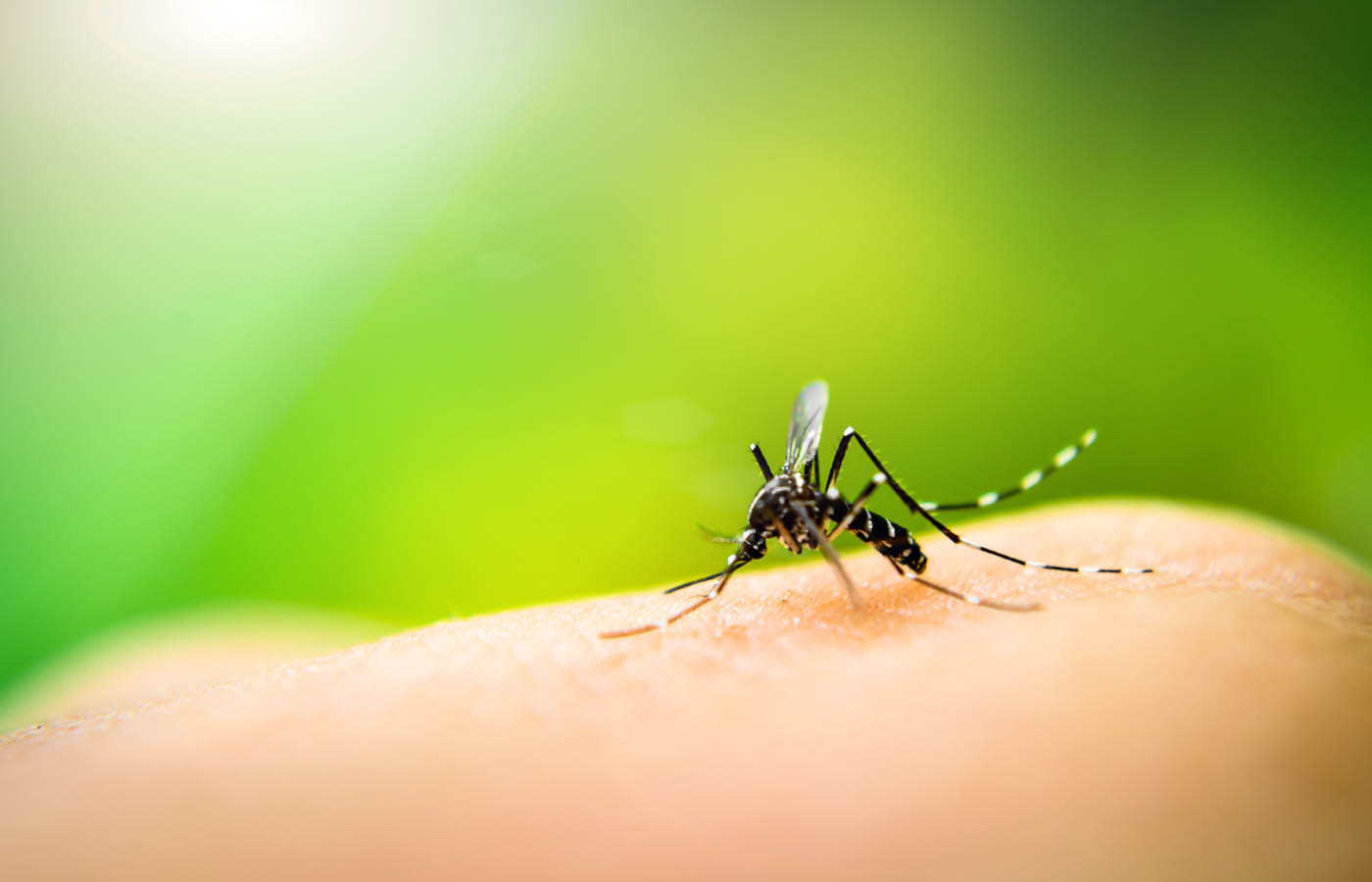Back To Blog
Bed Bug Lifespan Oct. 19th 2018
Bed Bug Lifespan: Appearance and Life Cycle Bed bugs are without a doubt one of the worst pests you can get infested with. Learning to identify a bed bug and its habits is the first step in removing them.
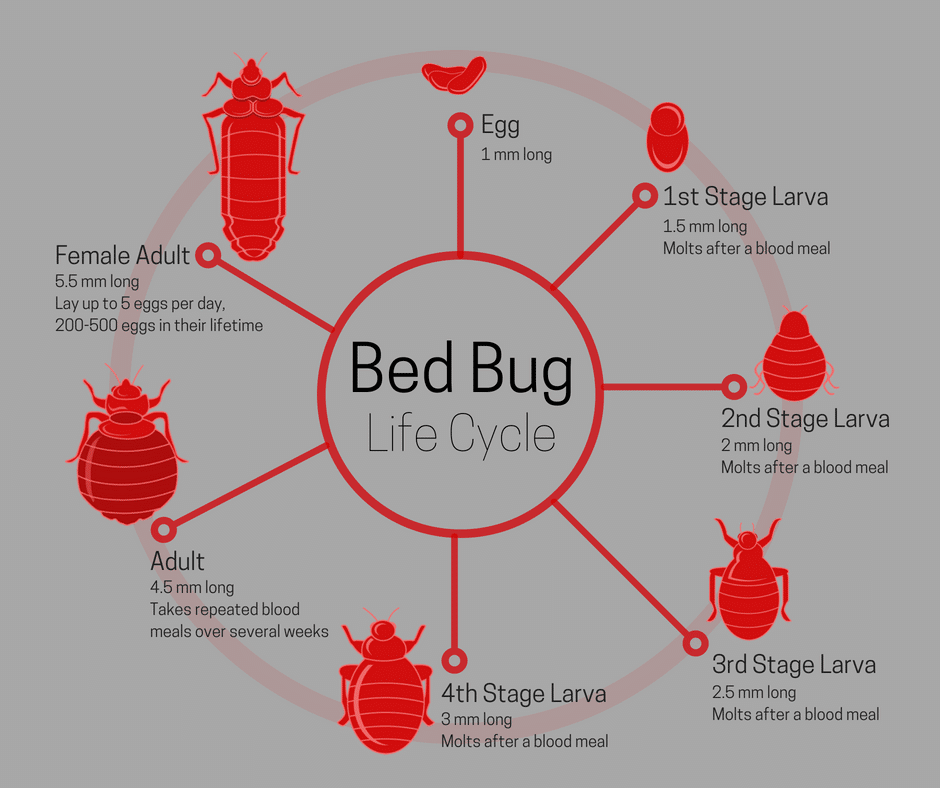
Bed Bug Lifespan: Appearance and Life Cycle
Bed bugs are without a doubt one of the worst pests you can get infested with. Learning to identify a bed bug and its habits is the first step in removing them.
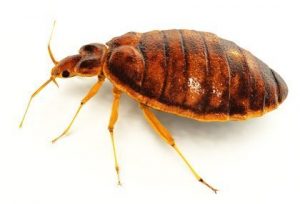
The Appearance of Bed Bugs
An adult bed bug is normally 5-7 mm to a quarter of an inch long. For a better comparison, it is approximately the size of an apple seed. Their bodies are oval, flat, and brown in color. Bed bugs that have recently fed on blood are more reddish in color and balloon-like in shape. They have a distinct smell from other bugs, and lets you know of an infestation. A musty odor can be found when you have bed bugs. In the bed bug lifespan, younger bed bugs are called nymphs and are smaller in size and normally translucent. Some are also whitish yellow. Due to their transparent body, they can sometimes be invisible to the human eye. They will definitely be more visible if they have recently fed, in which case their bodies will be red instead. It is extremely important to know what a bed bug looks like so as not to confuse it with another pest. The most similar-looking pest to the bed bug is head lice, but they are completely different in terms of how much damage they cause, and how to exterminate them. If you need a bed bug exterminator, you can count on Rest Easy.The Bed Bug Feeding Cycle
In the bed bug life cycle, it begins with the egg hatching. Once the egg hatches the nymph emerges, which then goes through five more stages before finally becoming an adult bed bug. The nymph, although much smaller than the adult bed bug, has a very similar feeding pattern. Unless they feed a lot they will not be able to grow. So, they take every chance they can get to feed. By AJC1 from UK (Bed bug, Cimex lectularius) , via Wikimedia Commons
You may think depriving them of food will get rid of them. Unfortunately, even if you decide to sleep elsewhere, for the time being, they can go on living for a long time before they starve.
By AJC1 from UK (Bed bug, Cimex lectularius) , via Wikimedia Commons
You may think depriving them of food will get rid of them. Unfortunately, even if you decide to sleep elsewhere, for the time being, they can go on living for a long time before they starve.
-----------------------------
Bed bugs develop hunger bubbles inside of themselves which help them stay alive and not die from starvation.
-Rest Easy Pest Control
-----------------------------
The Bed Bug Life Cycle
The life cycle of a bed bug starts with an egg, which is around 1 to 1.5 mm in length. This egg then hatches into a nymph. In the next five stages, the nymphs will grow larger as they molt in every stage after a blood meal. The nymph also grows an extra 0.5mm as it passes each stage, eventually becoming the adult we see and experience. Once the adult is formed at the end of the bed bug lifespan it is around 5 to 5.5 mm in length. It continues to take in blood meals in order to grow even more. The female bed bug can lay up to 5 eggs in a single day. This is the primary reason behind their fast reproduction; they can take over your house in no time. The biggest challenge with bed bugs is that they are nearly impossible to eliminate entirely. No matter what you do, some always remain. This makes it important to call in professional exterminators for the job. When it comes to exterminating bed bugs, you cannot go in halfway, but rather go all out. Unless you do so, do not expect these bed bugs to leave your side. Make sure to get all upholstery checked and replaced if you wish to get rid of them entirely. Bed Bug Life Cycle
Bed Bug Life Cycle
 More Related Articles About Bed Bugs:
More Related Articles About Bed Bugs:
